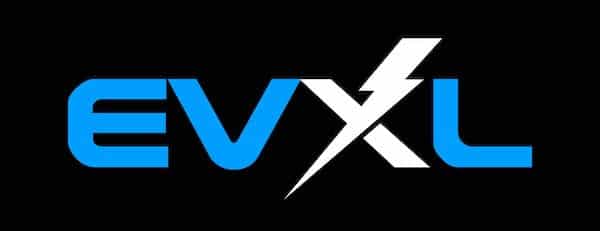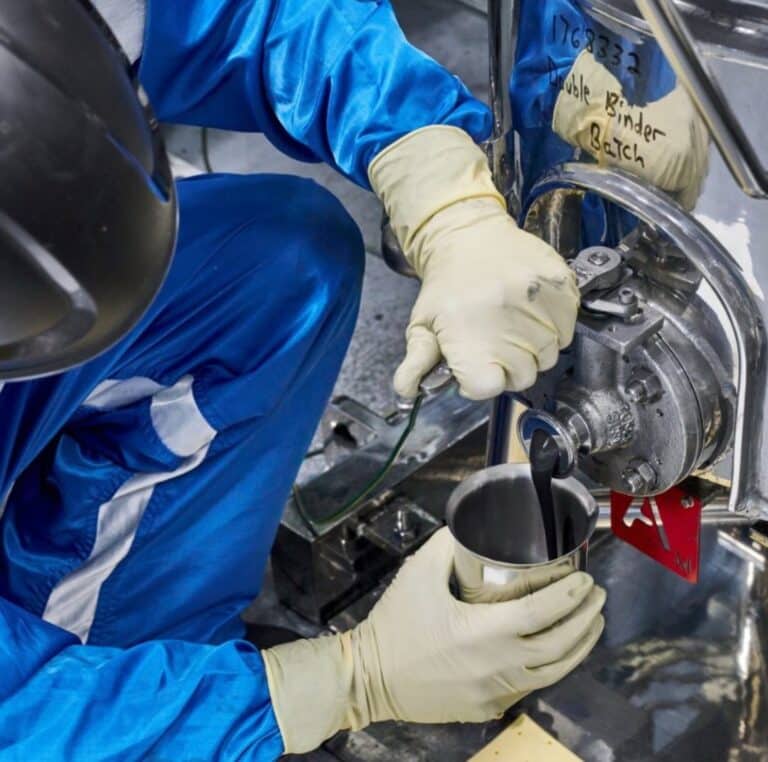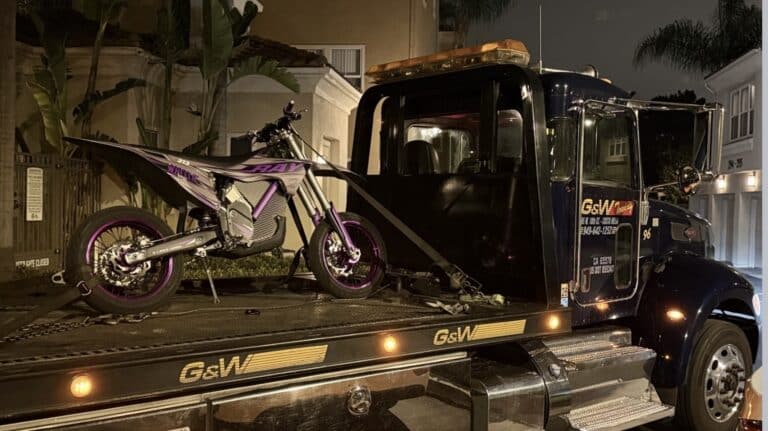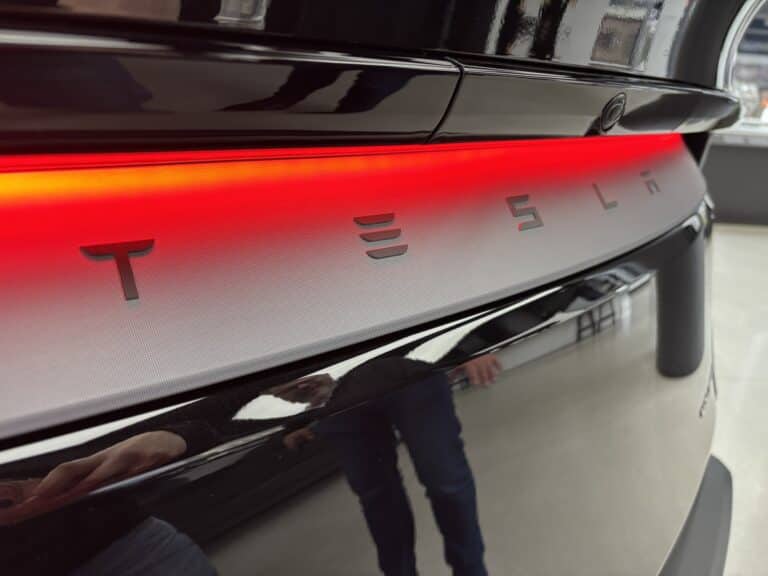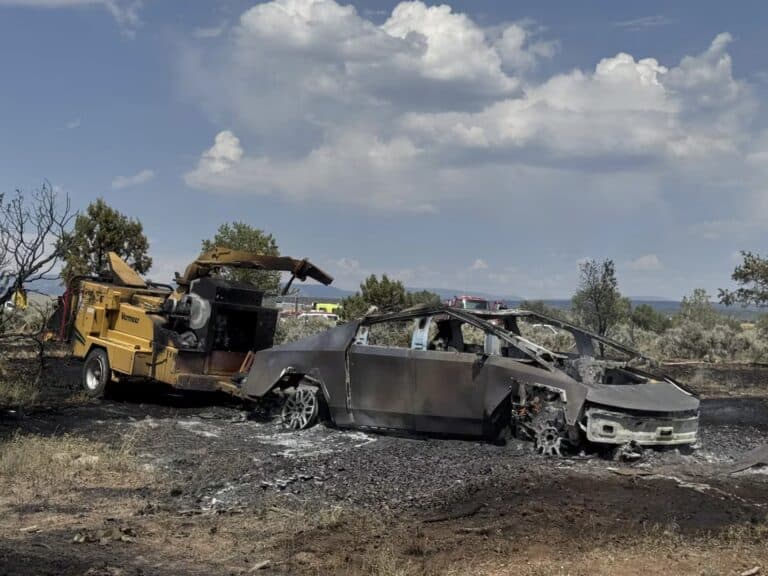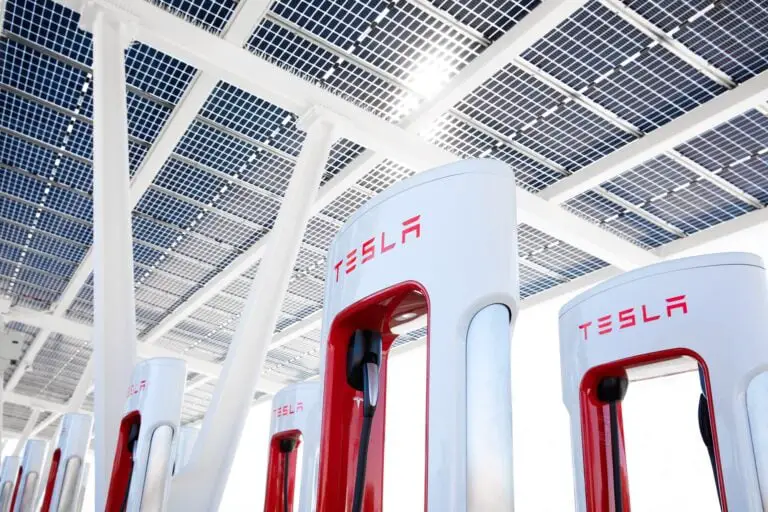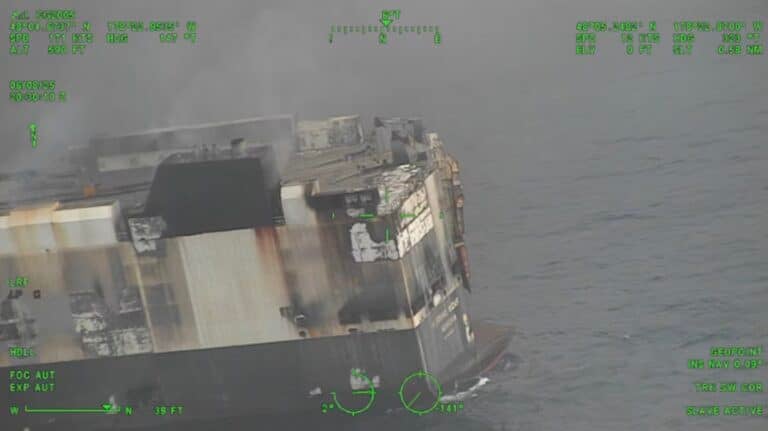Tesla is grappling with a significant technical issue affecting its latest Hardware 4 (HW4) computer system, with numerous new vehicle deliveries experiencing system-wide failures that impact critical safety and operational features, reports Chron.
The malfunctions are reportedly occurring within the first few hundred miles of vehicle operation, affecting multiple vehicle systems that rely on Tesla’s latest generation self-driving computer. Impacted features include active safety systems, camera functionality, GPS navigation, and range estimation capabilities. Perhaps most concerning is the dysfunction of the federally-mandated backup camera system, which places affected vehicles out of compliance with National Highway Traffic Safety Administration (NHTSA) requirements.
Service centers across Tesla’s network are experiencing unprecedented appointment backlogs, with many customers being told they must wait until 2025 for repairs. Internal communications suggest that service staff have been instructed to minimize safety concerns, though the company has yet to issue any public statement addressing the situation.
The scope of these failures raises particular concern given Tesla’s increasing reliance on integrated computer systems for basic vehicle functions. While traditional automakers typically maintain separate electronic control units (ECUs) for different vehicle systems, Tesla’s more centralized architecture means that a single computer failure can affect multiple vehicle functions simultaneously.
This latest challenge comes amid a year of technical setbacks for the Austin-based automaker. In August, Tesla issued a recall for over 9,000 Model X vehicles due to potential roof detachment issues. The company’s newest offering, the Cybertruck, has already faced multiple recalls, including a critical safety issue involving the accelerator pedal mechanism.
Tesla has historically preferred to address software-related issues through over-the-air updates rather than traditional recalls, with CEO Elon Musk publicly criticizing the use of the term “recall” for software fixes. However, the hardware nature of the current HW4 failures suggests this situation may require a more traditional approach to resolution.
The timing of these failures is particularly problematic as Tesla approaches its end-of-year delivery push, traditionally a critical period for meeting annual sales targets. The service center delays extending into 2025 indicate that the company’s repair infrastructure may be struggling to cope with the volume of affected vehicles.
The implications of these hardware failures extend beyond immediate customer satisfaction concerns. The apparent short-circuiting of new HW4 computers raises questions about quality control in Tesla’s supply chain and manufacturing processes. It also highlights the potential vulnerabilities of highly integrated vehicle architectures where critical safety systems share computational resources with convenience features.
For Tesla owners affected by these issues, the situation presents both safety and practical concerns. While vehicles remain drivable, the loss of active safety features and backup camera functionality compromises the advanced safety systems that many customers consider essential to their purchase decision.
Discover more from EVXL.co
Subscribe to get the latest posts sent to your email.
